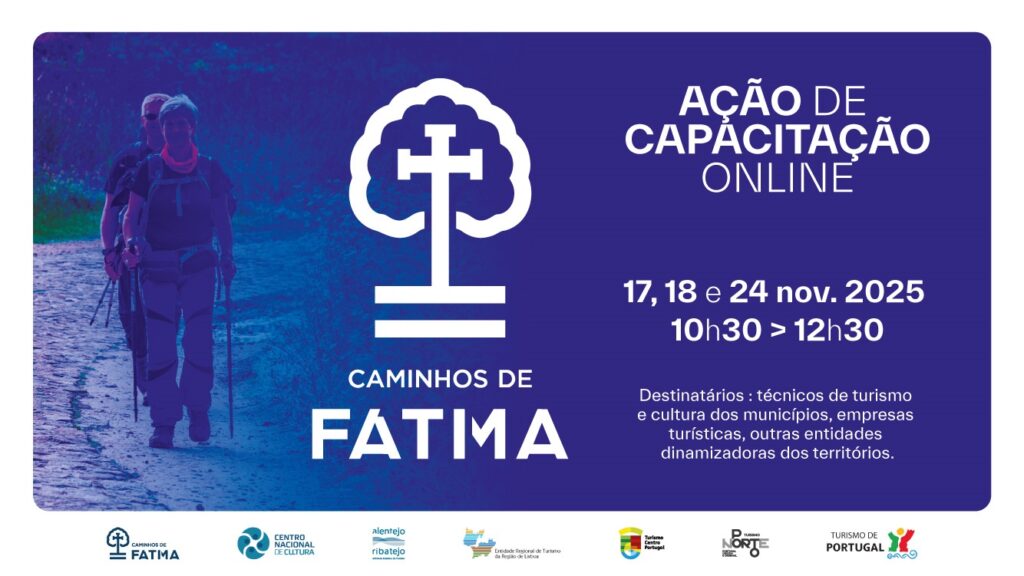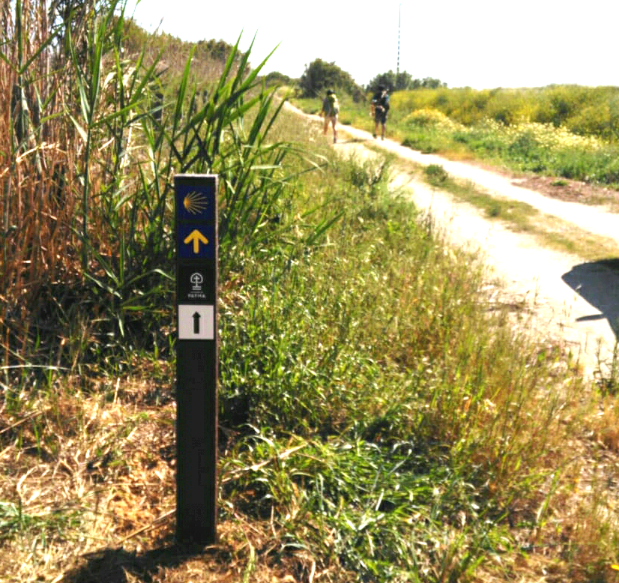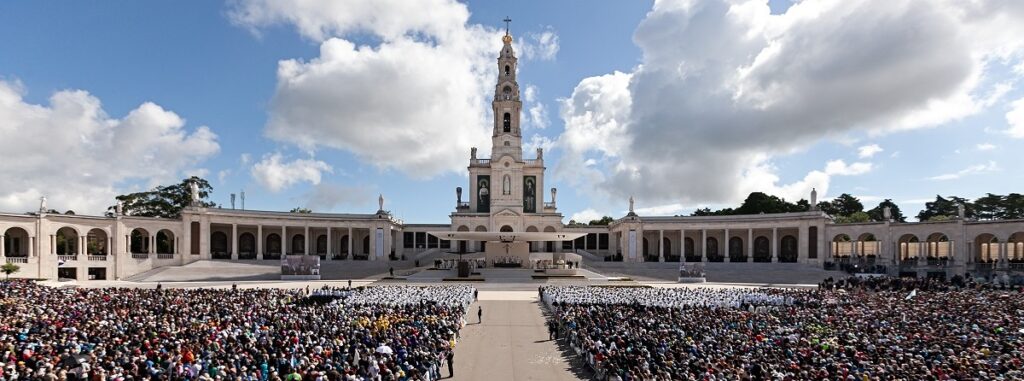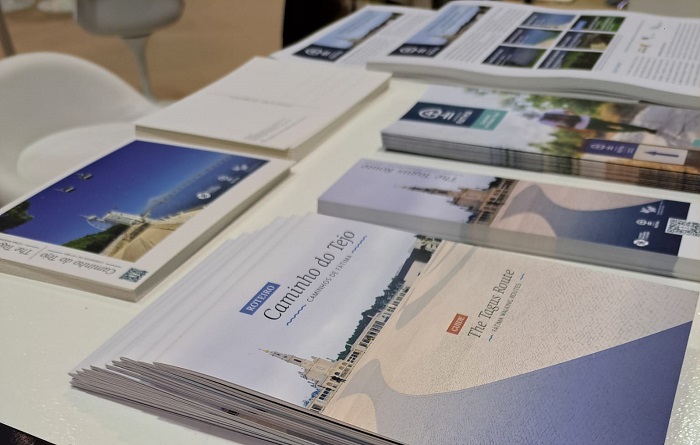Fatima and artistic creation: the Sanctuary and Iconography
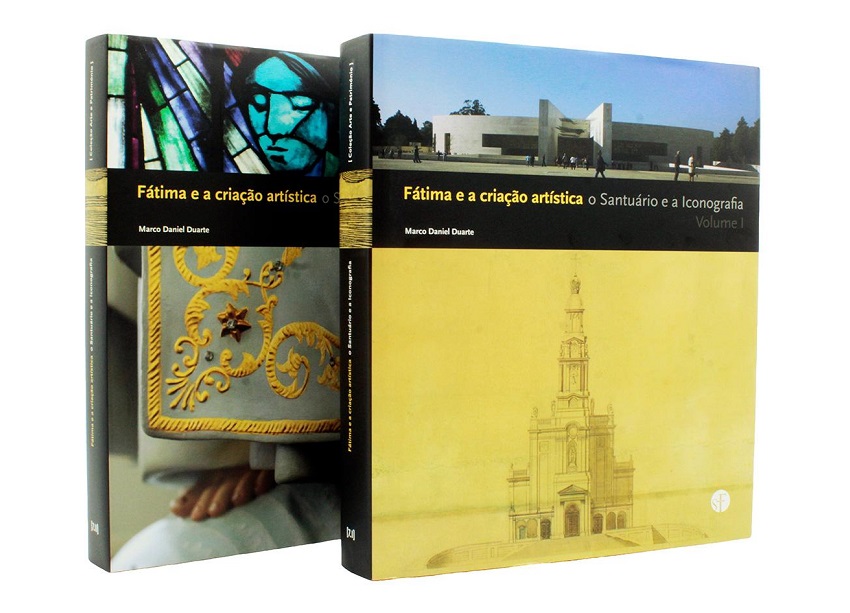
The Sanctuary of Fatima has just launched the book “Fatima and artistic creation: the Sanctuary and Iconography”, by Marco Daniel Duarte, which is part of the Art and Heritage collection. The two volumes that make up the work, the result of two decades of research by the author, look at art at the service of the Message in the Sanctuary of Fatima.
“The book, in its two volumes, is an inexhaustible source, a working laboratory like Fatima is,” Vitor Serrão, a professor at the University of Lisbon, who wrote the book’s afterword, said at the launch session.
The art historian defended the Sanctuary’s candidacy for UNESCO World Heritage, due to the quality of the monumental and artistic ensemble that exists here.
“For all its aesthetic, spiritual, hierophanic and artistic values, it is an ensemble that competes for a candidacy as a World Heritage Site, which it is, in its own right,” due to the “various contributions of the best artistic labour force in the country and also of some foreign artists”.
The professor emeritus of the Faculty of Letters of the University of Lisbon said he found “an unexpected unity” in Fatima.
“For me, it was a complete novelty: I discovered that what I thought was a patchwork of objects of greater or lesser quality, which I was more or less passionate about, together gained a unity that is undeniable.”
The `revelation’ came about through the thesis that gave rise to the book launched on Wednesday, developed from the basic research of the doctorate of Marco Daniel Duarte, current director of the Department of Studies of the Sanctuary of Fatima and also responsible for the Sanctuary Museum, and completed after its presentation and defence.
Vítor Serrão, who was a member of the jury for Marco Daniel Duarte’s doctorate, described the publication now launched in Fatima as “a monumental work” that “tells the artistic history of Fatima as it has never been told before”.
“The best of art history in Portugal, the best of artistic labour in Portugal, worked for Fatima. Artists, believers and non-believers alike,” he emphasised.
The art historian considered that “the quality of the architecture, painting, sculpture, stained glass, liturgical furniture and other art” makes Fatima “more than just a place of worship and hierophanies and large pilgrimage movements”.
“There is a heritage and artistic equipment that is usually diminished, or at least not emphasised for the value it really has, and that needs to be seen in a different light,” he said.
This group includes names such as António Teixeira Lopes, Irene Vilar, Lagoa Henriques, Zulmiro de Carvalho, Clara Menéres, José Aurélio, Marko Rupnik, Jorge Barradas, Eduardo Nery, Pedro Calapez, Catherine Greene, Robert Schad, Fernanda Fragateiro, among others, in a “cast of artists of the best calibre”, highlighted Vítor Serrão.
Fátima is “a very important chapter of art in Portugal”.
“And when I talk about Portugal, I’m really talking on a global scale,” he said.
The Sanctuary followed “the curves of avant-garde art in the world”, having “chosen the best labour force, the best artists in each genre, active at each moment”.
Vítor Serrão also considered that “Fatimist art, the art generated in Fatima, is an art for believers and non-believers alike”.
“It has a global perspective of aesthetic understanding and it continues to evolve, it continues to accompany the curves of modernity in the artistic world, which is very important,” he concluded.
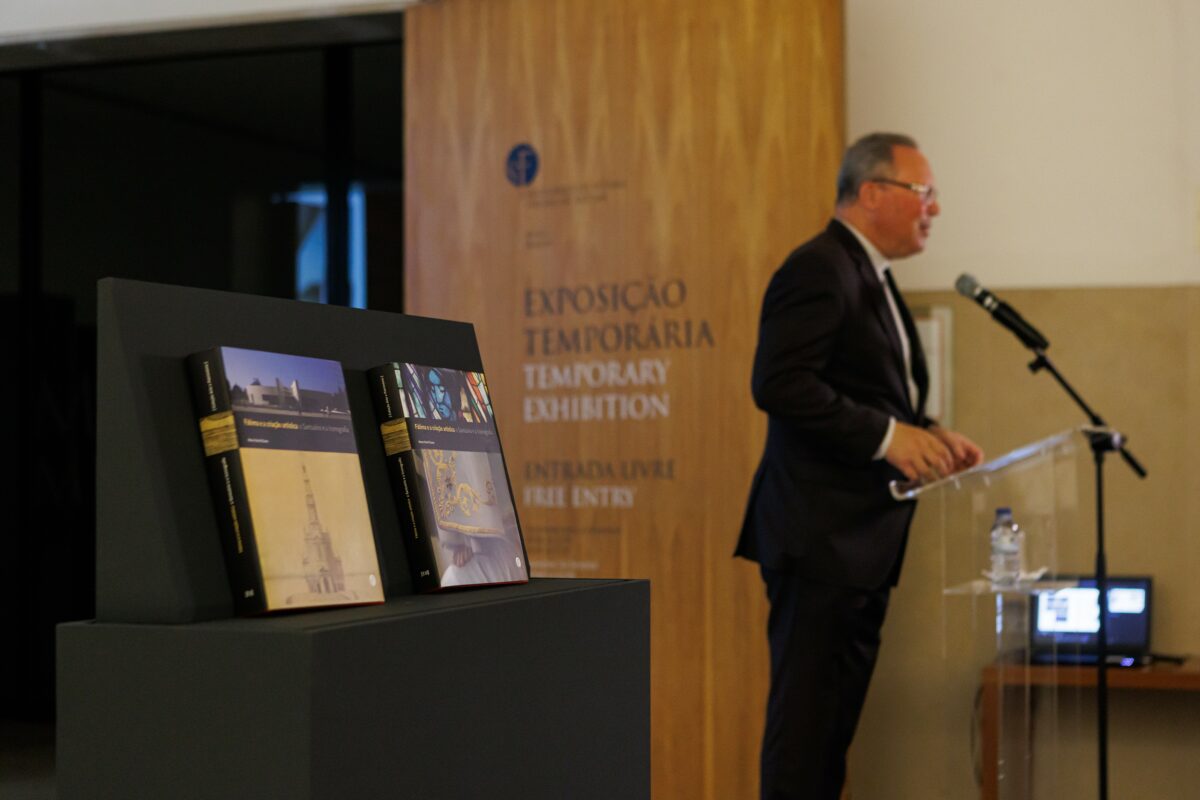
The Rector of the Sanctuary, Father Carlos Cabecinhas, who opened the session, recalled that “the language of art and the way of beauty are an indispensable path in Christianity” and that the “message of Fatima has been a source of inspiration for artistic language for a hundred years, and still is today”.
The bishop of Leiria-Fatima, Mgr José Ornelas Carvalho, also spoke of the true “artistic pilgrimage of beauty in Fatima” that allows us to “understand the journey of faith” in this place.
“Artistic creations are the best expression of faith,” emphasised the prelate.
The author, for his part, explained the path of his research, which began in 2001, in the Sanctuary, which is also for him a “true alma mater” where the roads of his professional, academic, personal and spiritual journey come together.
“To this day, no person in charge of the Sanctuary has failed to call on art and artists, making it possible for artists and pilgrims to engage in dialogue,” said Marco Daniel Duarte, who dedicated this work “to the pilgrims of beauty”.
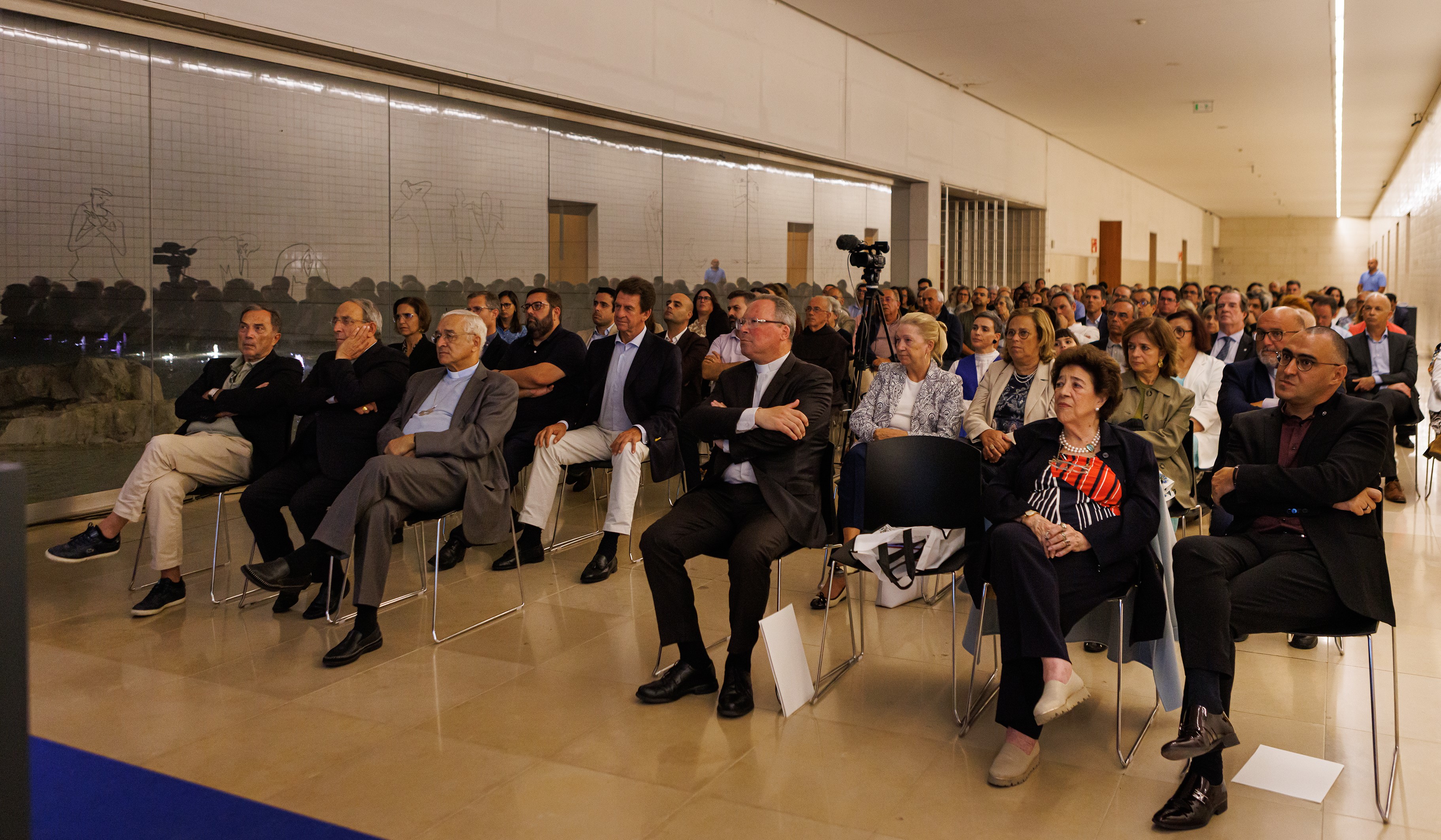
The first volume is linked to the structuring of the Sanctuary of Fatima over the course of a century, with its physical constructions – from the arch that marked the place of the mariolaria to the construction of the Chapel of the Apparitions and the basilicas, the square and the colonnade. The second volume is made up of the organisation of artistic reflection, based on the creation of new figurations that take place in Fatima – the construction of the image of Our Lady of Fatima and the images: of the angel of Fatima, of the Little Shepherds themselves and even of the pilgrim, the author also told the Sanctuary’s press room.
“This work shows that the Sanctuary has always kept abreast of the guidelines of the great artistic manifestations of each time, both in the oldest works of art (…) and in those that have already set the pace with the 20th century (…) up to the minimalist post-modern lines of the Basilica of the Most Holy Trinity,” summarised Marco Daniel Duarte.
“What we can conclude from this work is that, in fact, the best artists have worked in this place and produced works of art from and about Fatima. All the people who have governed this place, from the very beginning, have always been very concerned about the question of beauty, which leads to making work to be at the service of those who come here on pilgrimage,” said the author.
The work is prefaced by Regina Anacleto, retired professor at the Faculty of Arts and Humanities, who, at the beginning of the book, emphasises the “solidity of the research as the decisive contribution of this work, both for the analytical fixation of the history of the Sanctuary and for the evolution of that history and its projection into the future”.
Marco Daniel Duarte has a degree and doctorate in Art History from the Faculty of Letters of the University of Coimbra. He is the director of the Museum and Studies Department of the Sanctuary of Fatima. He is an academic of the Portuguese Academy of History and a correspondent of the National Academy of Fine Arts. He is also a member of the Portuguese Association of Art Historians and of the Department of Cultural Heritage of the Diocese of Leiria-Fatima.
